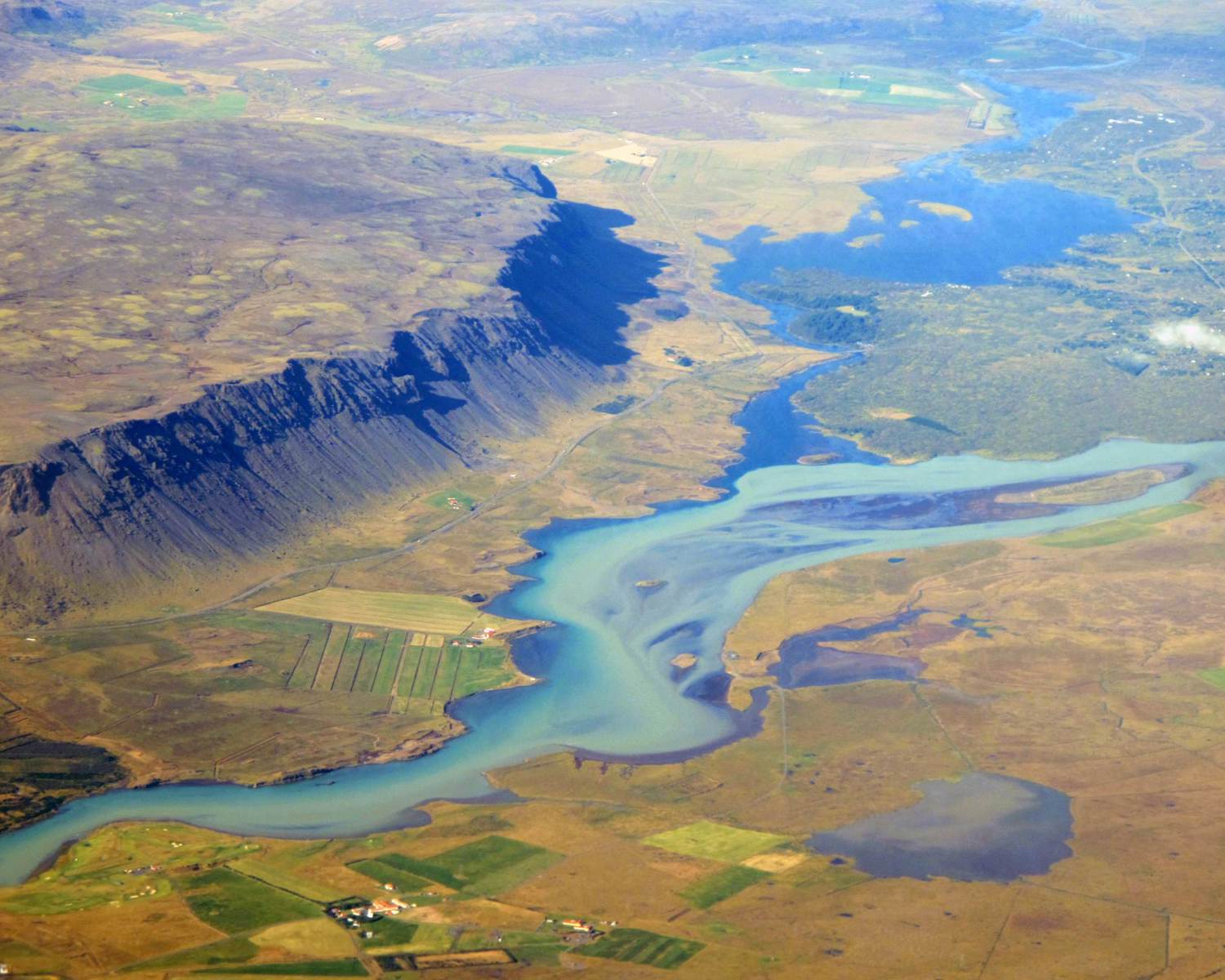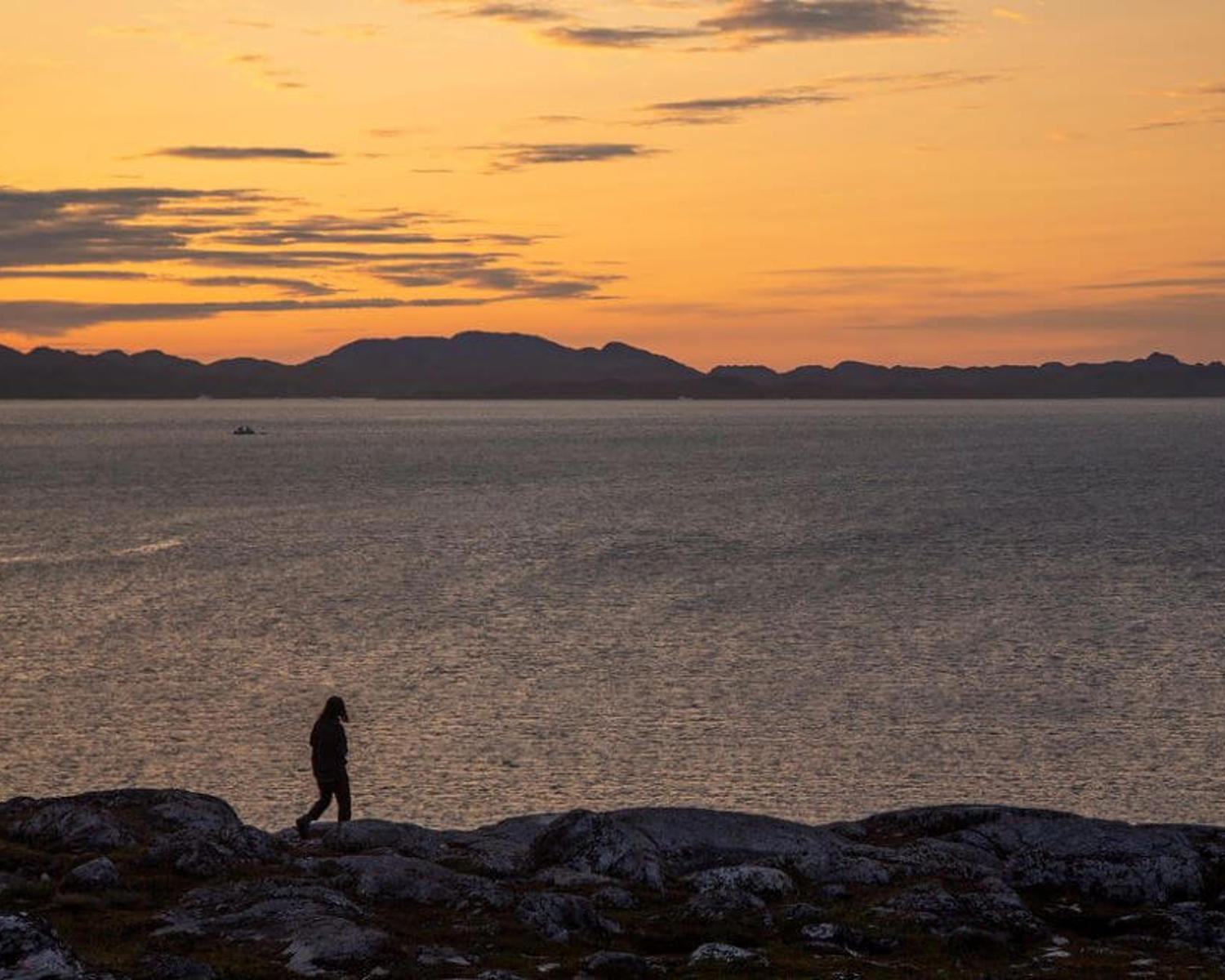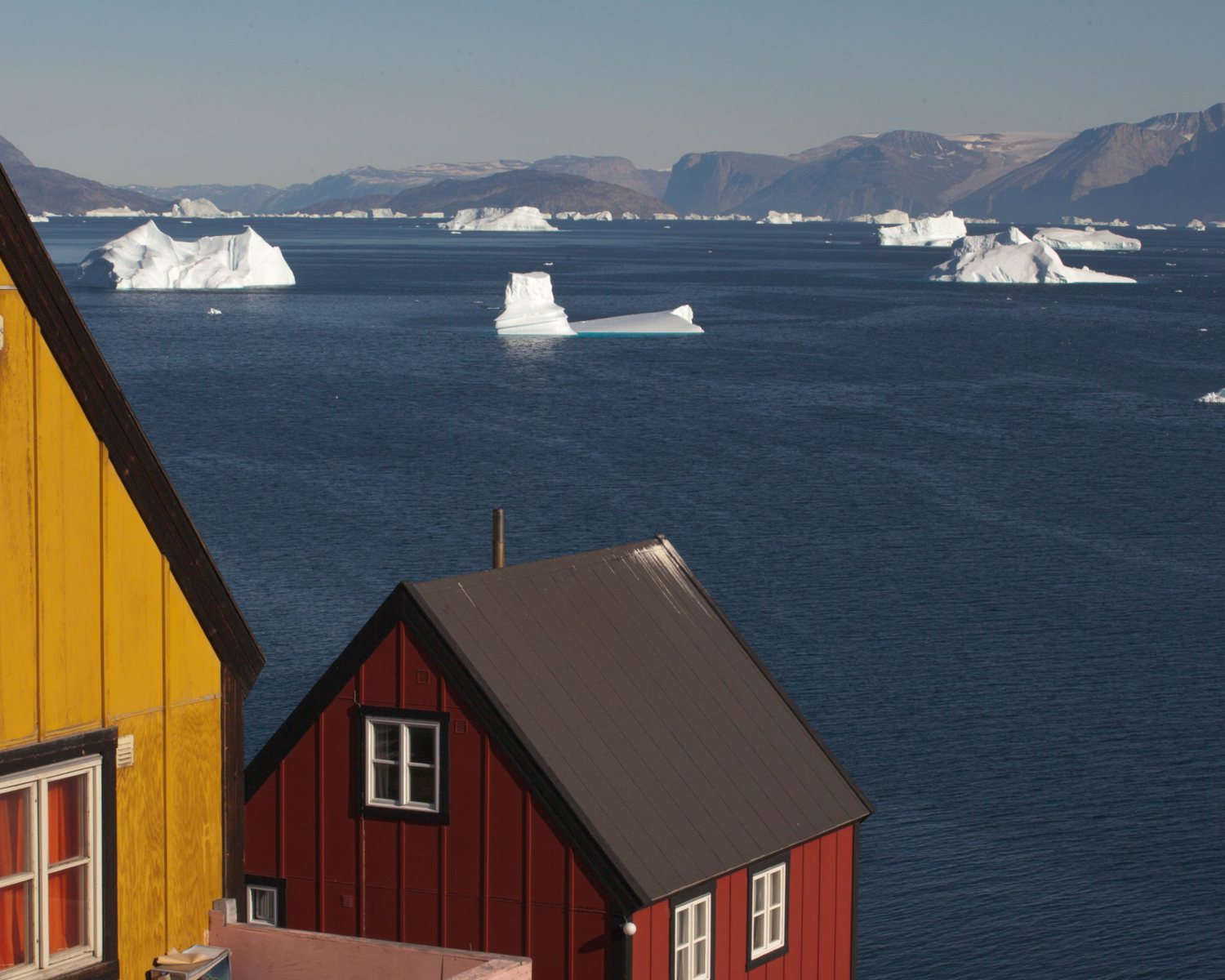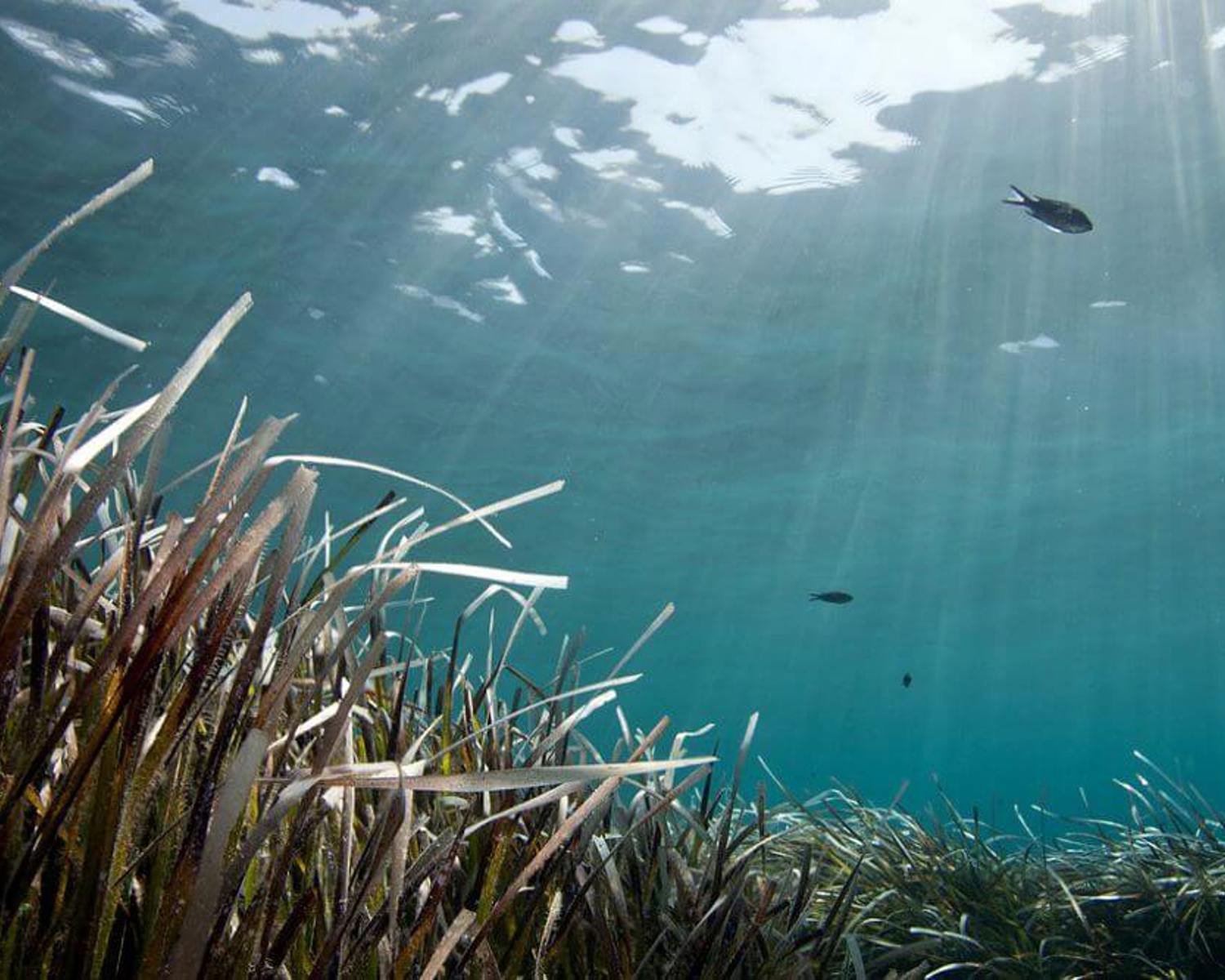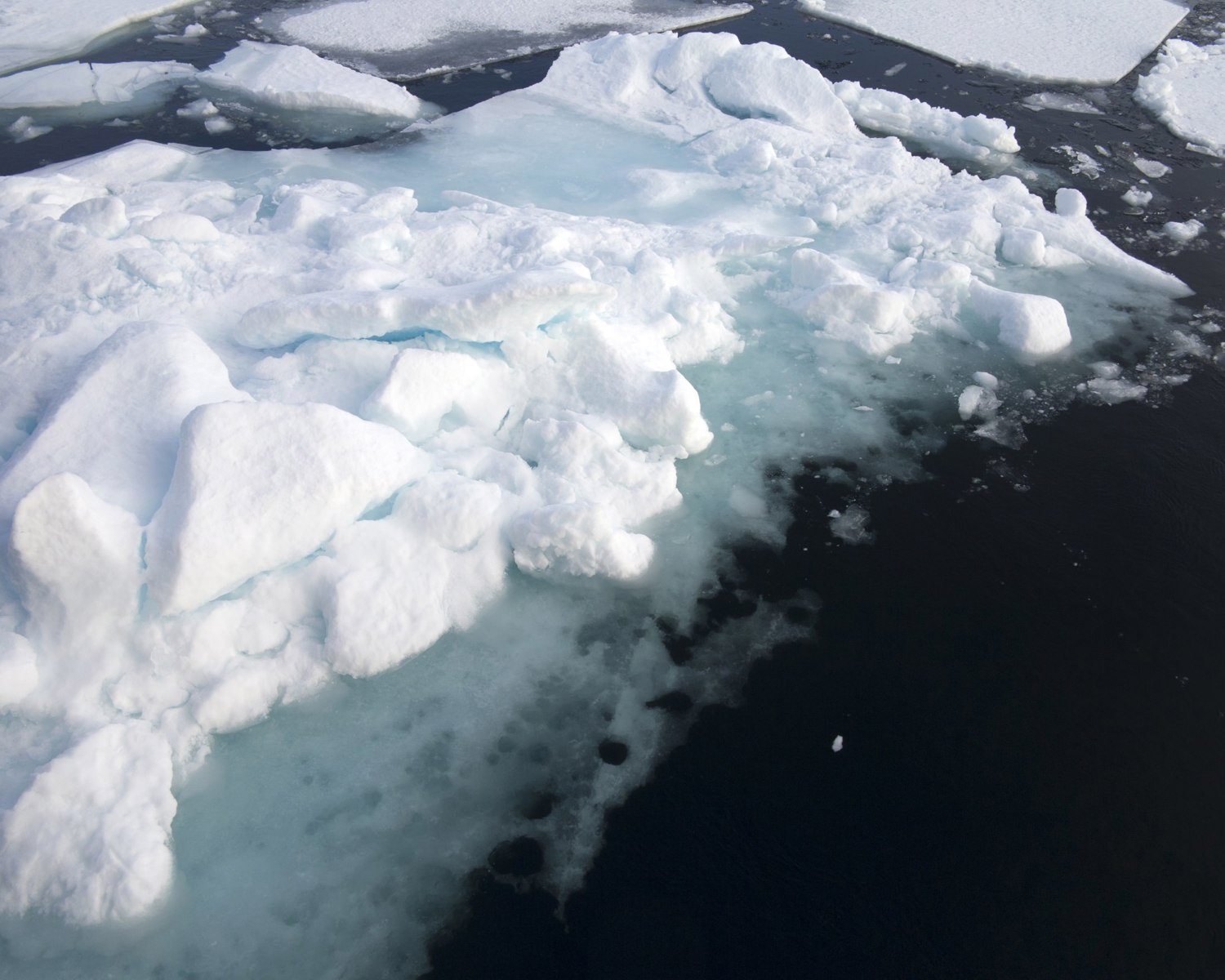Stabilizing permafrost by covering it

There have been several isolated suggestions to mitigate permafrost thaw or influence the thaw processes in the active layer by physically covering the surface with materials (see for example https://groups.google.com/g/geoengineering/c/u2b9Xb5B0C8/m/aXQia-nNDbcJ) in a similar way to how glaciers might be preserved (see Glacier Insulation, and Passive Radiative Cooling). Although different materials have been suggested, these have not been worked out further, and are likely to be a very costly, and impractical solution.
Analysis overview

Technological Readiness Level (TRL)
Unknown 0

Scalability
Low 1
Scalability
Physically unable to scale; sub-linear/logarithmic efficiency of scalability

Timeliness for near-future effects
Low 1
Timeliness for near-future effects
Implemented too late to make a significant difference

Northern + Arctic potential
Low 1
Northern + Arctic potential
No noticeable extra positive effect beyond the global average; technology is unsuited to the Arctic

Global potential
Low 1
Global potential
Insignificant to be detected at a global scale

Cost - benefit
Prohibitive 1
Abermann et al. (2022) already show that even for the most visited glaciers, a coverage scheme is most likely too expensive. It seems therefore unfeasible to expand this over large swaths of the north to protect permafrost.
Cost - benefit
Cost of investment comparable to cost of avoided damage

Environmental risks
High risk 1
Environmental risks
Major, serious risks with a high disaster potential; multiple and cascading risks

Community impacts
Negative 1
Community impacts
Serious detrimental effects

Ease of reversibility
Hard 1
Ease of reversibility
Impossible or very difficult to reverse

Risk of termination shock
Low risk 3
Risk of termination shock
Low or insignificant termination shock or damage

Legality/governance
Possible 3
Legality/governance
Currently legal to deploy, with governance structures in place to facilitate it and/or financial incentives to develop it

Scientific/media attention
Low 1
Scientific/media attention
Very low attention from individuals and/or abandoned ideas; low media attention; no commercial interest.
References
Abermann, J., Theurl, M., Frei, E., Hynek, B., Schöner, W., & Steininger, K. W. (2022). Too expensive to keep—bidding farewell to an iconic mountain glacier?. Regional Environmental Change, 22(2), 51. https://doi.org/10.1007/s10113-022-01912-4


